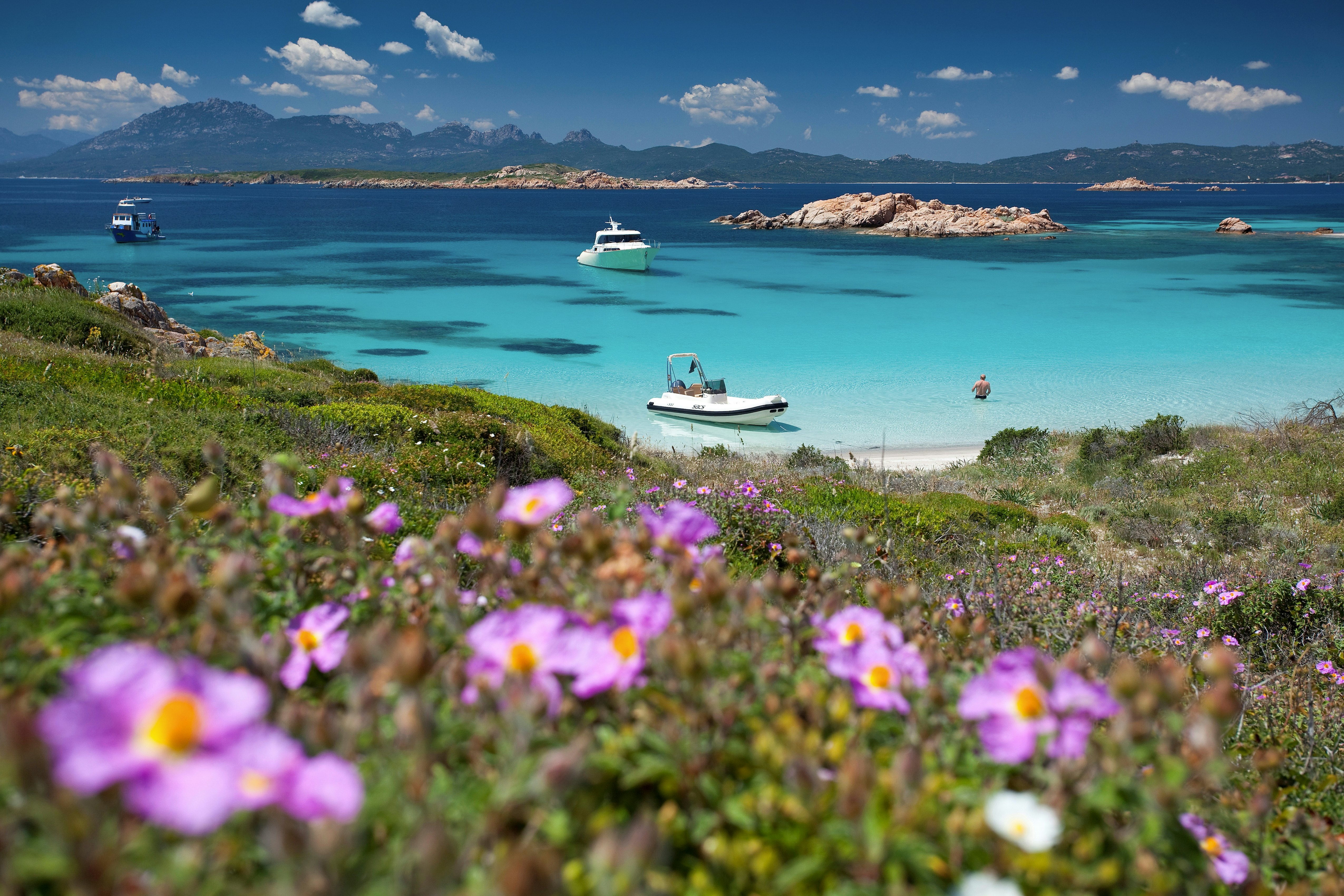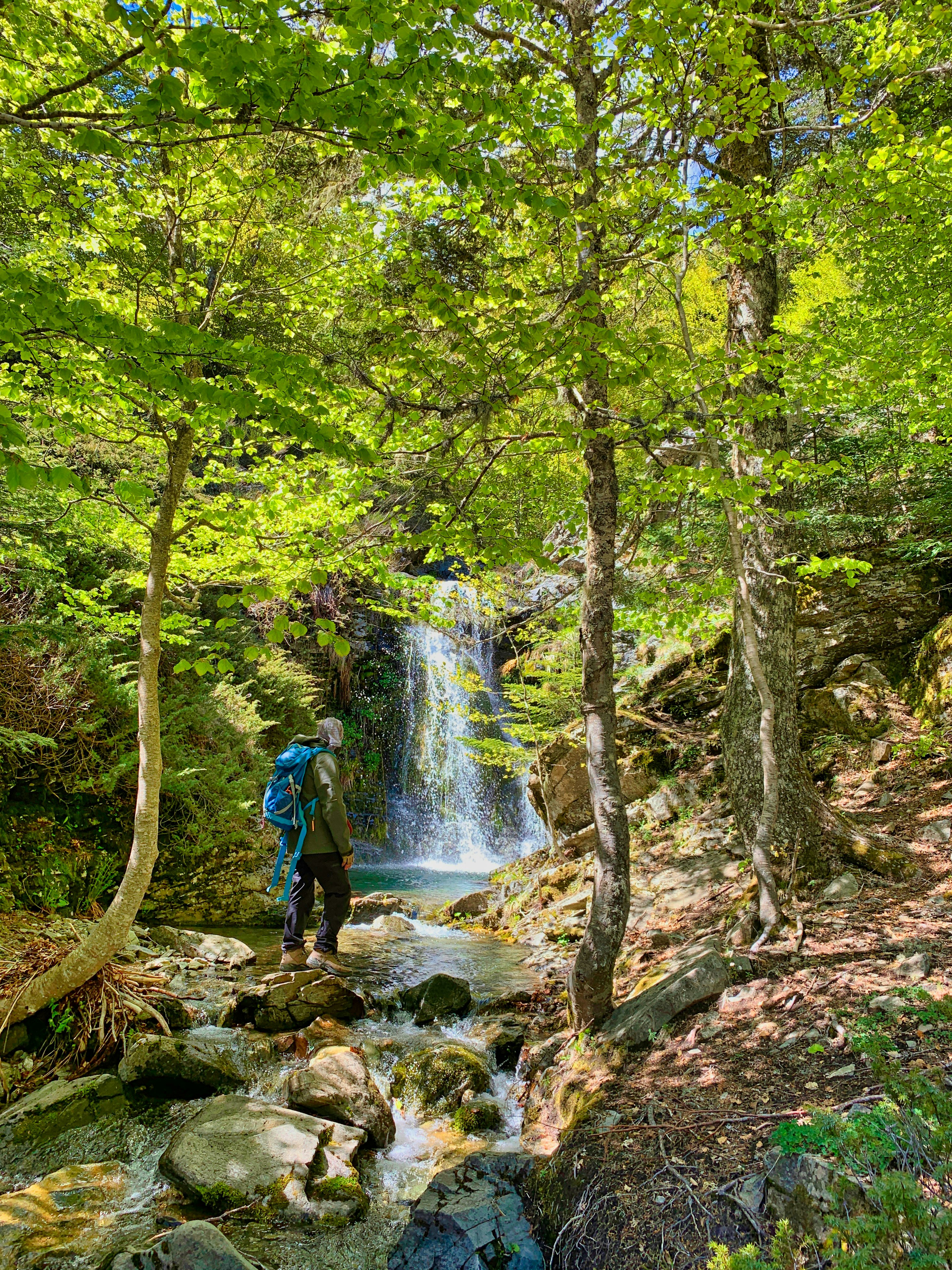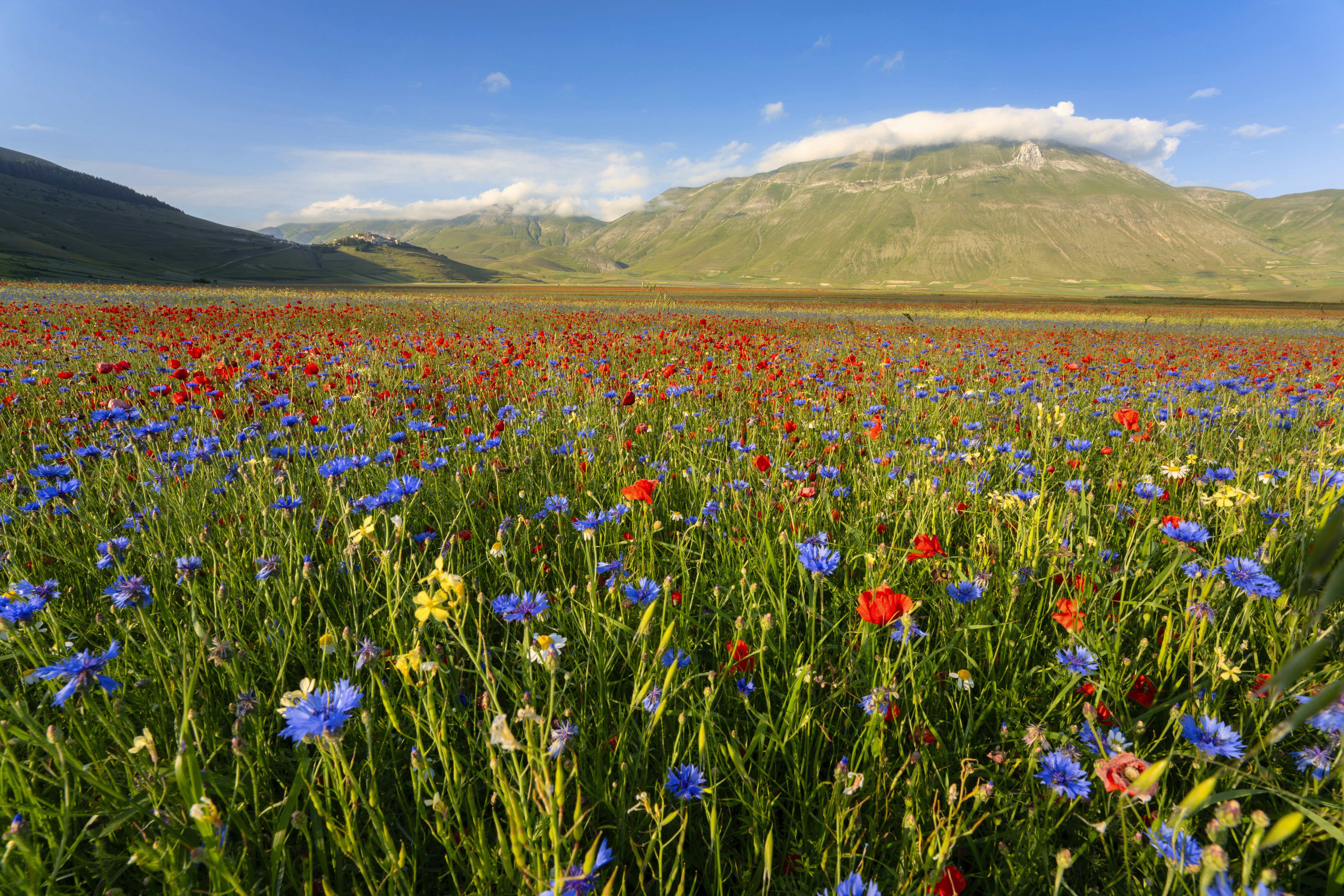
The 30 best countries, cities and regions to visit in 2025
Jun 24, 2021 • 7 min read

The mighty Parco Nazionale del Gran Paradiso is among our picks of Italy's top national parks © Andrew Peacock / Getty Images
While Italy’s natural beauty is certainly no secret, the country’s national parks tend to slip under the international travel radar; sidelined, to an extent, by the nation’s big-hitting cities like Florence, Rome and Venice.
And yet, Italy is actually home to 25 parco nazionales, protected regions of natural beauty where visitors will find cloud-scuffing mountains, wind-gnarled peninsulas and cerulean-silhouetted islands, plus thousands of kilometres of sentieri (marked trails) and a liberal sprinkling of rifugi (mountain huts) to boot. Ready to uncover Italy’s wilder side? Here are 10 of our favourite Italian national parks.

Established in 1996, Parco Nazionale dell’Arcipelago di La Maddalena consists of seven main islands and several smaller granite islets off Sardinia's northeastern coast. Over the centuries the prevailing maestrale (northwesterly wind) has helped mould the granite into the bizarre natural sculptures that festoon the archipelago.
The spectacular seascapes of La Maddalena's outer islands are best explored by boat, although the two main islands have plenty of charm with their sun-baked ochre buildings, cobbled piazzas and infectious holiday atmosphere. The area is an important natural habitat, and although national-park status has imposed protection, the ecosystem remains fragile – tread carefully.

Calabria's second-largest park is dramatic, rising sharply inland behind the port town of Reggio. Its highest peak, Montalto (1955m), is dominated by a huge bronze statue of Christ and offers sweeping views over the water to Sicily.
Subject to frequent mudslides and carved up by torrential rivers, Aspromonte's mountains are awesomely beautiful. Underwater rivers keep the peaks covered in coniferous forests and ablaze with flowers in spring. It's wonderful walking country and is crossed by several colour-coded trails. Gambarie is the main town and the easiest approach to the park.
Italy’s second-largest national park, the Parco Nazionale del Cilento e Vallo di Diano occupies the lion’s share of the Cilento peninsula. Some of the most interesting and accessible parts lie within an hour’s drive northeast of Paestum, including the Grotte di Castelcivita, a complex of otherworldly prehistoric caves near the town of Castelcivita.
For hikers, the town of Sicignano degli Alburni, capped by a medieval castle, makes a good base for the tough trek up 1742m-high Monte Panormo, or, for a more sedate stroll, the pretty town of Postiglione, crowned by an 11th-century Norman castle, is a two-hour walk away. To get the best out of the park, you will probably need a car, although the coastal strip from Castellabate down to Palinuro has reasonable public transport.

Italy's largest national park, the Pollino National Park, straddles Basilicata and Calabria and covers 1960 sq km. It acts like a rocky curtain separating the region from the rest of Italy and has the richest repository of flora and fauna in the south, with its river canyons and alpine meadows home to rare stocks of roe deer, wild cats, wolves, birds of prey (including the golden eagle and Egyptian vulture) and the endangered otters, Lutra lutra.
The park's most spectacular areas are Monte Pollino (2248m), Monti di Orsomarso (1987m) and the canyon of the Gole del Raganello. The mountains, often snowbound, are blanketed by forests of oak, alder, maple, beech, pine and fir. The park is most famous for its ancient pino loricato trees, which can only be found here and in the Balkans. The oldest specimens reach 40m in height.

It's not quite Yellowstone, but 1346-sq-km Parco Nazionale dello Stelvio is the Alps' largest national park, spilling into the next-door region of Lombardy and bordering Switzerland's Parco Nazionale Svizzero. The sprawling park is divided into three distinct regional sectors, each administered separately: the South Tyrol sector to the north, Trentino to the south and Lombardy to the west.
The park is primarily the preserve of walkers who come for the extensive network of well-organised mountain huts and marked trails that, while often challenging, don't require the mountaineering skills necessary elsewhere in the Dolomites. Stelvio's central massif is guarded over by Monte Cevedale (Zufallspitze; 3769m) and Ortles (Ortler; 3905m), protecting glaciers, forests and numerous wildlife species, not to mention many mountain traditions and histories.

Named after its resident asini bianchi (albino donkeys), the Isola dell'Asinara encompasses 51 sq km of macchia (Mediterranean scrub), rocky coastline and remote sandy beaches. The island, Sardinia's second largest, is now a national park, but for years it was home to one of Italy's toughest maximum-security prisons. The only way to reach it is with a licensed boat operator from Stintino or Porto Torres. Once there, you can explore independently, although there's no public transport and access is restricted to certain areas.
The island is a haven for wildlife, providing a habitat for an estimated 50 to 70 donkeys alongside 80 other animal species, including mouflon (silky-haired wild sheep) and peregrine falcons. Dotted around its stark landscape is a series of abandoned buildings that were once part of the island's notorious carcere (prison); a kind of Italian Alcatraz where many of Italy's most dangerous criminals did time. The prison finally closed in 1997.

Italy’s oldest national park, the Parco Nazionale del Gran Paradiso, is aptly named. Originally the park served as a royal hunting reserve until Vittorio Emanuele II made nice and gave it to the state in 1922 to ensure the protection of the endangered ibex.
The main stepping stone into the park is Cogne (1534m), famous for its lace-making, samples of which you can buy at Le Marché Aux Puces. Easy walks in the park are possible, such as the 3km stroll to the village of Lillaz on trail 23, where there is a geological park and a waterfall that drops 150m. Trails 22 and 23 will get you to the village of Valnontey, where you can visit the Giardino Alpino Paradisia, an Alpine garden displaying mountain flora and rare butterflies.
One of Italy's largest national parks, a place of sweeping coast and deep, ancient forests, sits on the spur of southern Italy in Puglia, jutting out into the Adriatic Sea. The coast surrounding it seems permanently bathed in a pink-hued, pearly light, providing a painterly contrast to the sea, which softens from intense navy to powder blue as the evening draws in.
Keep an eye out for trabucchi, old-fashioned wooden fishing platforms that jut out into the sea. These pier-like structures, which potentially date back to Phoenician times, are protected as historic monuments in Parco Nazionale del Gargano, with numerous examples embellishing the shore between Vieste and Peschici. Most are still used by fishers, with some now serving as unique fish restaurants, where diners can watch their meal being caught before tucking in.

Straddling the Le Marche-Umbria border in rugged splendour, the wild and wonderfully unspoiled Parco Nazionale dei Monti Sibillini never looks less than extraordinary, whether visited in winter, when its peaks – 10 of which tower above 2000m – are covered in snow, or in summer, when its highland meadows are carpeted with poppies and cornflowers.
The park is a magnet for hikers and outdoor enthusiasts, with an expansive network of walking trails, mountain-biking circuits and a series of summer rifugi (mountain huts) offering basic accommodation. Most trails are now open after the 2016 earthquakes, which caused major damage to the park, but a number of rifugi remain closed – check the park’s website for updates.

Italy’s second-oldest national park is also one of its most ecologically rich. Established by royal decree in 1923, it began as a modest 5-sq-km reserve that, little by little, morphed into the 440-sq-km protected area it is today. The evolution wasn’t easy. The park was temporarily abolished in 1933 by the Mussolini government. It returned to the fold in 1950 only to face further encroachment from housing construction, road building and ski developers.
Despite this, the park has managed to remain at the forefront of Italy’s conservation movement, reintroducing and protecting wild animals such as the Abruzzo chamois, Apennine wolf, lynx, deer and – most notably – Marsican bear (the park has Italy’s largest surviving enclave of these threatened animals). Thanks to its long history, it receives more visitors than other Italian parks – around two million annually.
You might also like:
Italy’s best dishes and where to try them
When is the best time to go to Rome?
12 of Italy’s must-visit spots
Plan with a local
